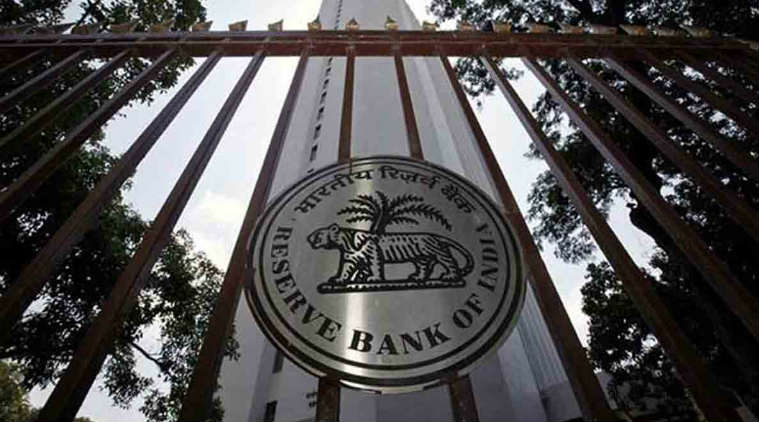Financial planning: Still a good time for existing loan holders to shift to cheaper options
With a wide gulf existing between base rate and MCLR and repo rate looking bottomed out, it makes sense to shift to a cheaper interest rate system.
 Reserve Bank of India (File Photo)
Reserve Bank of India (File Photo)
The Reserve Bank of India (RBI) kept the repo rate unchanged for the third straight bi-monthly review cycle. This is being seen as a bottoming out of lending rates, which is great for anyone repaying a loan, especially a long-term home loan.
Despite the repo rate unmoved for six months, banks have brought down lending rates. At the end of 2016, the State Bank of India led a large cut of 90 basis points (bps), taking its one-year marginal cost of funds-based lending rate (MCLR) to 8 per cent. It also recently reduced its base rate by 15 bps to 9.10 per cent. But with a wide gulf still existing between the base rate and the MCLR, it makes sense for existing loan holders to switch to cheaper loans. They may have missed out on doing so in the early months of 2017. But they still have a chance to do it now, with the repo rate looking like it has bottomed out.
How much can you save?
Let’s assume that in April 2012, you had borrowed Rs 50 lakh at 10 per cent for 20 years. Your equated-monthly instalment (EMI) is Rs 48,251. Your full-term interest outgo is Rs 65.80 lakh. Now, with MCLR-linked interest rates around 8.5 per cent, you decide to switch loans after five years. In this period, you have paid Rs 23.85 lakh as interest alone, but your loan balance is still Rs 44.90 lakh.
Now, you make the switch to a loan at 8.5 per cent. Your EMI reduces to Rs 42,876. Your total interest payable is Rs 33.64 lakh over the remaining 15 years, or Rs 57.49 lakh over the whole 20-year tenure. This brings you total interest savings of Rs 8.31 lakh.
To calculate savings in your case, you can use the several free online EMI calculators available, or approach your lender to help you with the calculations.
How to transfer
You can contact your lender to assess their MCLR-linked home loan rates. You can try to bargain and get a good deal, and move your base-rate loan to an MCLR-linked loan, which is more responsive to interest rate movements. Moving within your existing lending institutions may have minimal charges.
Your second option is to transfer your loan to another lender. This would involve paperwork processing and you may also have to pay a loan transfer fee, which is 1 per cent of your current loan balance. You must adjust these costs against your perceived savings to calculate your exact savings.
Pre-pay on your loans
Assuming that you’re happy with your loan interest rate, the bottoming out of interest rates presents a great opportunity for you to pre-pay on your loan. Making principal pre-payments on your loan when the interest rates are low helps you reduce your loan balance at lower interest costs, thus assuring high long-term savings. This will also put you in a strong position with respect to your repayment when the interest rates start trending upwards.
Let’s understand this with the example of the loan we talked of above. At the end of the fifth year of your loan, your loan balance is Rs 44.90 lakh. You decide to make a pre-payment of Rs 4 lakh with the first EMI of the sixth year.
When you pre-pay with your interest remaining at 10 per cent, your interest savings over the next 15 years come to
Rs 30.46 lakh. But if you pre-pay when the interest rate is 8.5 per cent, your interest outgo falls to Rs 25.88 lakh, thus making a higher impact for you.
It would be advisable for you to temporarily halt investments in instruments such as fixed deposits (currently earning a paltry 6.5-7 per cent), and instead use the funds to pre-pay on your loan.
Photos


- 01
- 02
- 03
- 04
- 05





























